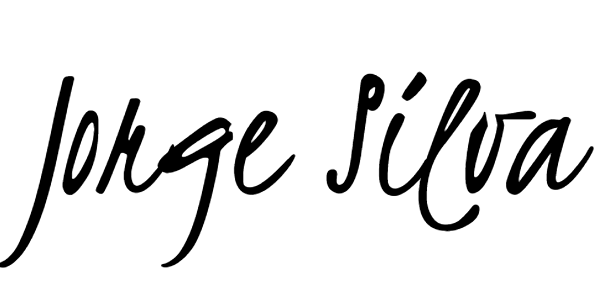- Galeria Local Newsletter
- Posts
- Issue 7: Arcadia Begins: Photography, Gardens, and a City Reframed
Issue 7: Arcadia Begins: Photography, Gardens, and a City Reframed
A new exhibition and itinerant platform take shape
GALERIA LOCAL
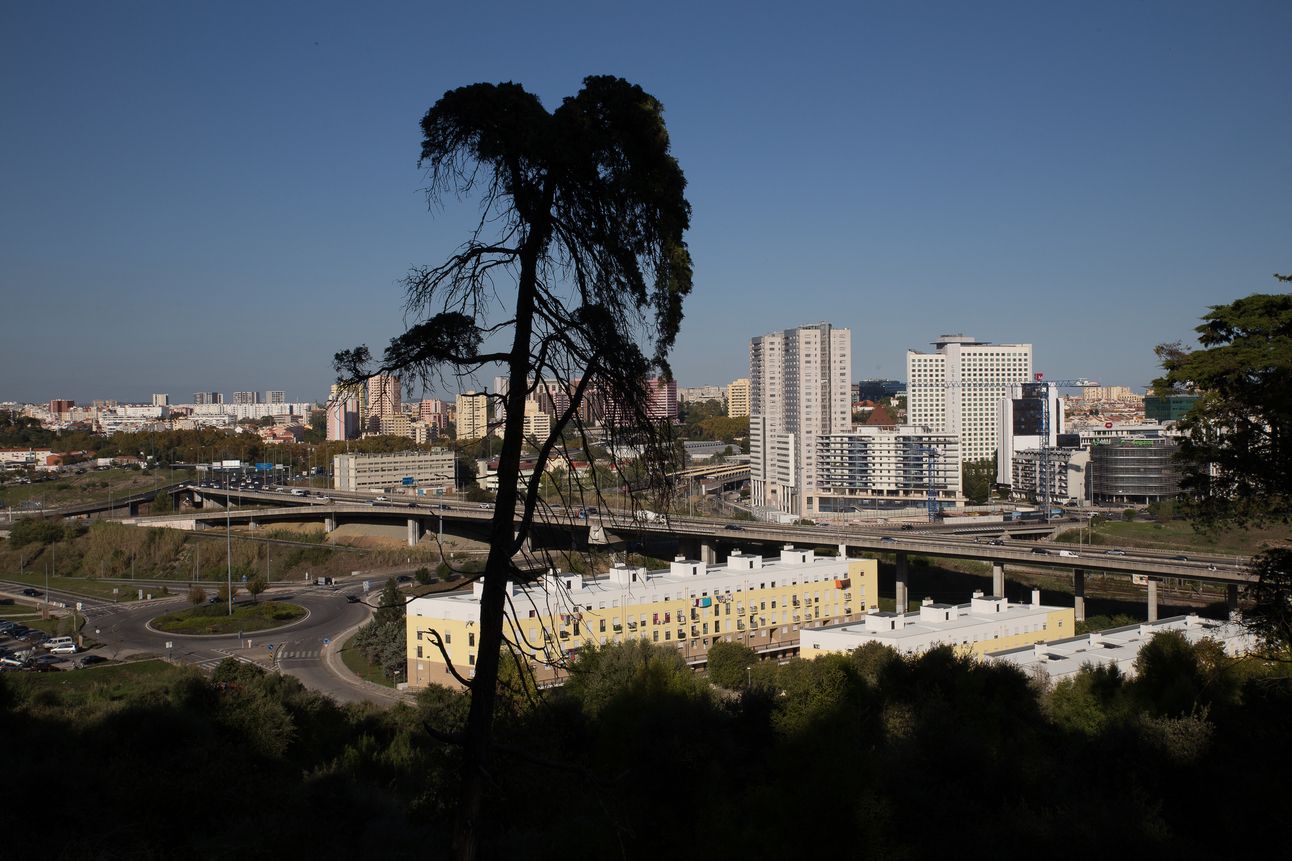
Welcome — and thank you for reading.
Dear Reader, Arcadia now begins to take form — not as a rupture, but as a widening of our field of vision. Where Visita Guiada lingered on memory and the intimate weight of place, Arcadia turns toward the tension between nature and design, between the organic and the imposed. In this issue’s essay, The Garden’s Edge, I reflect on how cities frame nature, and how nature, in turn, unsettles our frames. Through photography, I follow that edge — where landscape becomes a mirror for internal tensions, and order never quite holds. | Narrative Layers introduces the contours of a new idea: a traveling platform for photographic work. If successful, it may begin with Arcadia, but it hopes to host other projects and voices, moving through spaces as varied as gardens, plazas, and schools In the coming days, I’ll also sit down with photographer Zackery Hobler. The conversation takes place on June 30, and you’re invited to help shape it — a prompt, an impression, a question is more than welcome. Thank you for reading. |
Essay
The Garden’s Edge
For centuries, the idea of Arcadia has lingered as a human yearning—a vision of a natural haven where order and freedom might dance together, yet never fully unite. More than an ideal, it’s a concept shaped by our desire for harmony and the quiet acknowledgment that such perfection eludes us. This tension mirrors a deeper human divide: the interplay of right and left, not just in political arenas like conservatism versus openness or structure versus creativity, but in the mind itself—a paradigm that has long defined our experience. Likewise, it reflects the eternal tug between impulse and reason, where short-term desires clash with long-term ideals, a struggle philosophers have wrestled with, sometimes seeking to transcend the body’s wildness in pursuit of a pure platonic mind.
In today’s cities, this tension takes root in unexpected places. Urban gardens, carved from concrete, are not just green escapes but living paradoxes. We craft them with discipline, taming nature’s unpredictability into controlled forms, yet they resist, weaving the wild with the planned. In these spaces, nature asserts its voice—not merely within human-hosted designs, but as stages of defiance. This persistence hints at a quiet truth: unless structure grows so rigid it courts death, stifling creativity entirely, the organic will always reclaim its space, a cycle evident in Lisbon’s evolving landscapes.
Through photography, these scenes emerge with fresh intensity: a balance teetering on the edge of disruption, a hybrid landscape where human intent meets nature’s persistent flow. The garden becomes a frame within the city, much like the camera frames our gaze, inviting us to choose what we see and what we set aside. This dual act—shaping and being shaped—echoes a deeper struggle, unfolding not just in soil and stone, but in how we grapple with the untamed within. Beyond perception, this framing shapes expression and communication; within each boundary, elements gain meaning through their relations, their interplay revealing and limiting our understanding as we conceptualize and connect.
For those who pause to look, Arcadia reveals itself as more than a myth. It’s an ongoing conversation between what we seek to order and what insists on remaining free, a dialogue flowing with the persistent vitality of the organic against the structured—a motor that drives our creation and discussion, evolving us. Yet, we relentlessly pursue a final resolution, a quest that risks tipping into inevitability, perhaps akin to an event horizon where all distinction fades. Such a unity, while sought, may undo the very tension that fuels our creativity—a prospect as daunting as it is uncertain.
Narrative Layers: Toward an Itinerant Arcadia
The Arcadia project has been evolving—not only as a photographic exploration and upcoming exhibition, but as the seed of something broader: an itinerant platform for visual work that reflects on nature, urban life, and shared space.
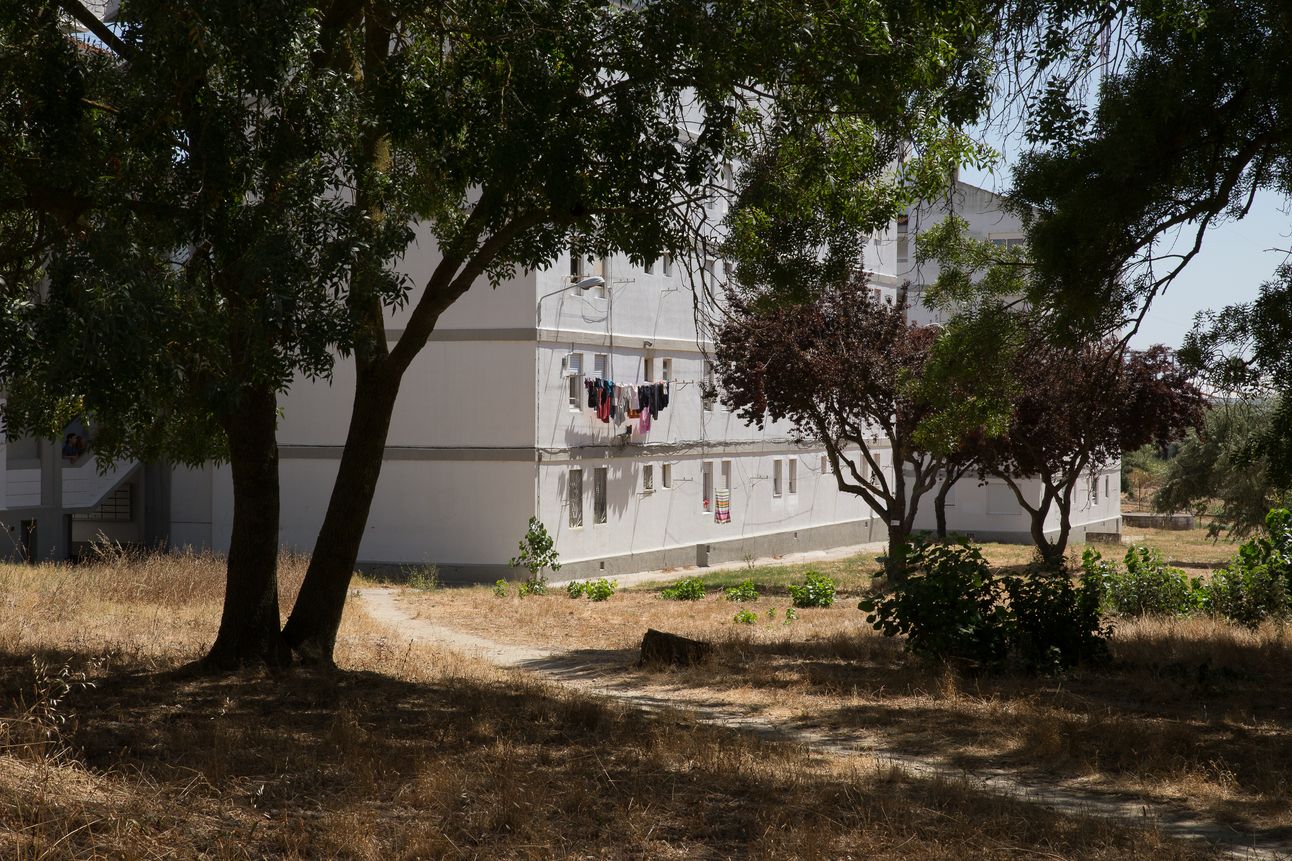 Still taking shape, this platform imagines modular, reusable structures that can adapt to different environments—indoors or outdoors, intimate or public. Its aim is not only to show images but to draw viewers into dialogue. Each new location, whether a park, a plaza, or a cultural center, will shape the narrative differently, offering the project a new voice in every setting. "The Arcadia project has been evolving into a seed for an itinerant platform, reflecting on nature, urban life, and shared space." Arcadia would be the first of many: an inaugural cycle in a longer journey that welcomes new themes, new photographers, and new territories. If successful, the platform may unfold in up to nine editions each year, forming a constellation of exhibitions in motion—each one reframing the bond between image, place, and viewer. | 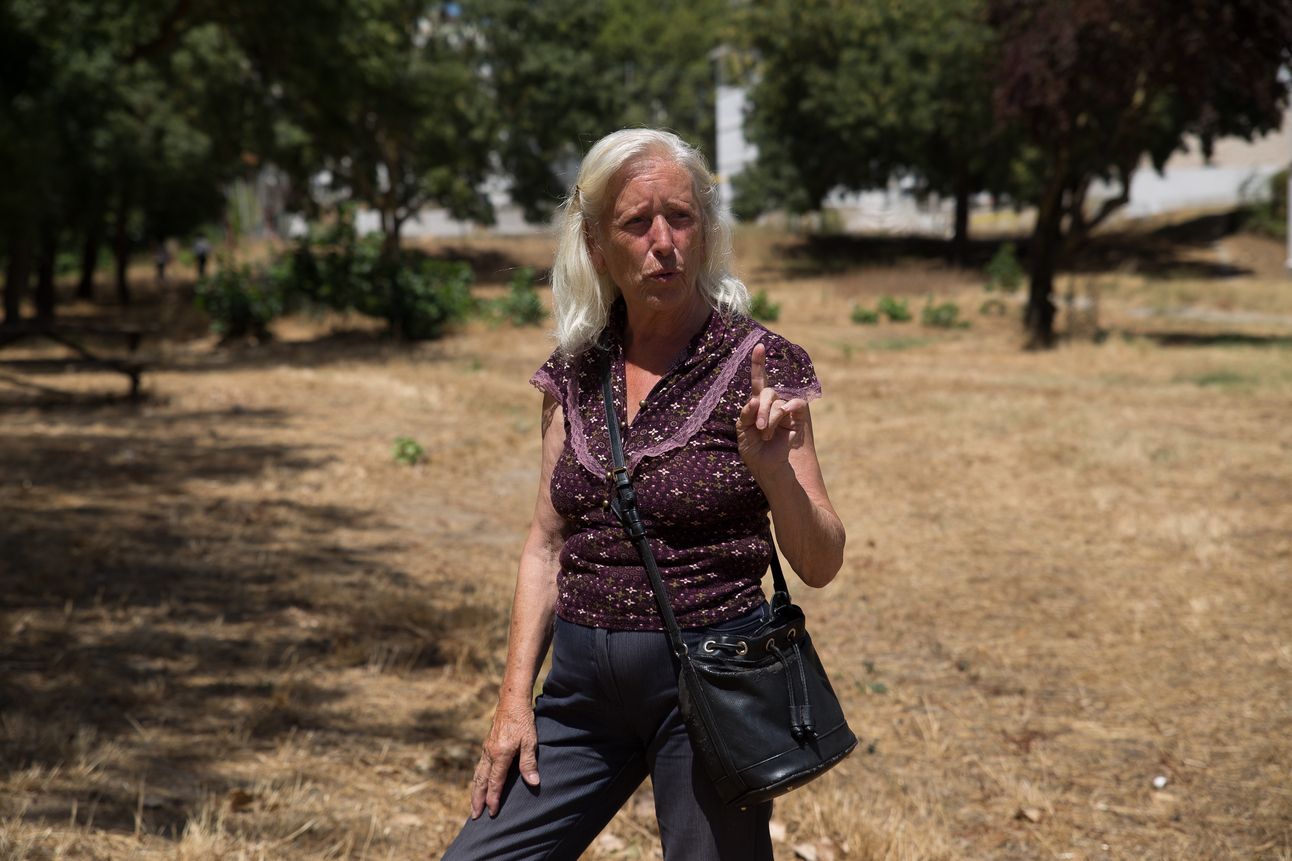 "This platform offers a constellation of exhibitions in motion, shaped by shared creativity and growing into a vibrant, ongoing dialogue." In each stop, a workshop is envisioned—a five-week engagement with the local community, culminating in a growing archive of images and impressions, a shared act of creation. This fosters a sense of territorial unity, enriching the narrative as the platform evolves. This is not a finished object, but a structure in the making—shaped by shared creativity, with the potential to grow into a vibrant, ongoing dialogue. 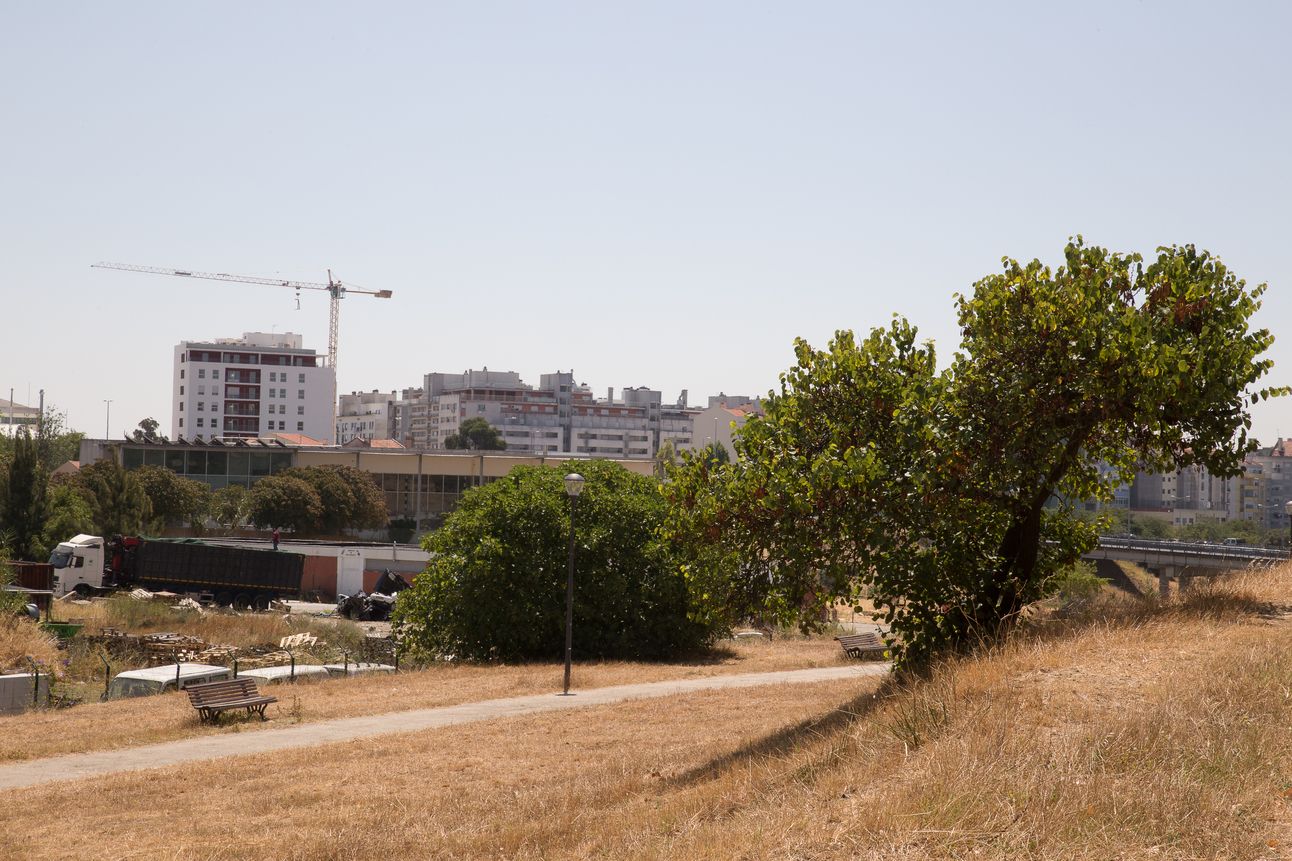 |
Arcadia’s Opening – September 2025
Meanwhile, regardless of the platform’s journey, the Arcadia project will take form in an exhibition at Galeria Local in September 2025, to which you are invited, with further details to follow in time.
Coming Next:
Zackery Hobler
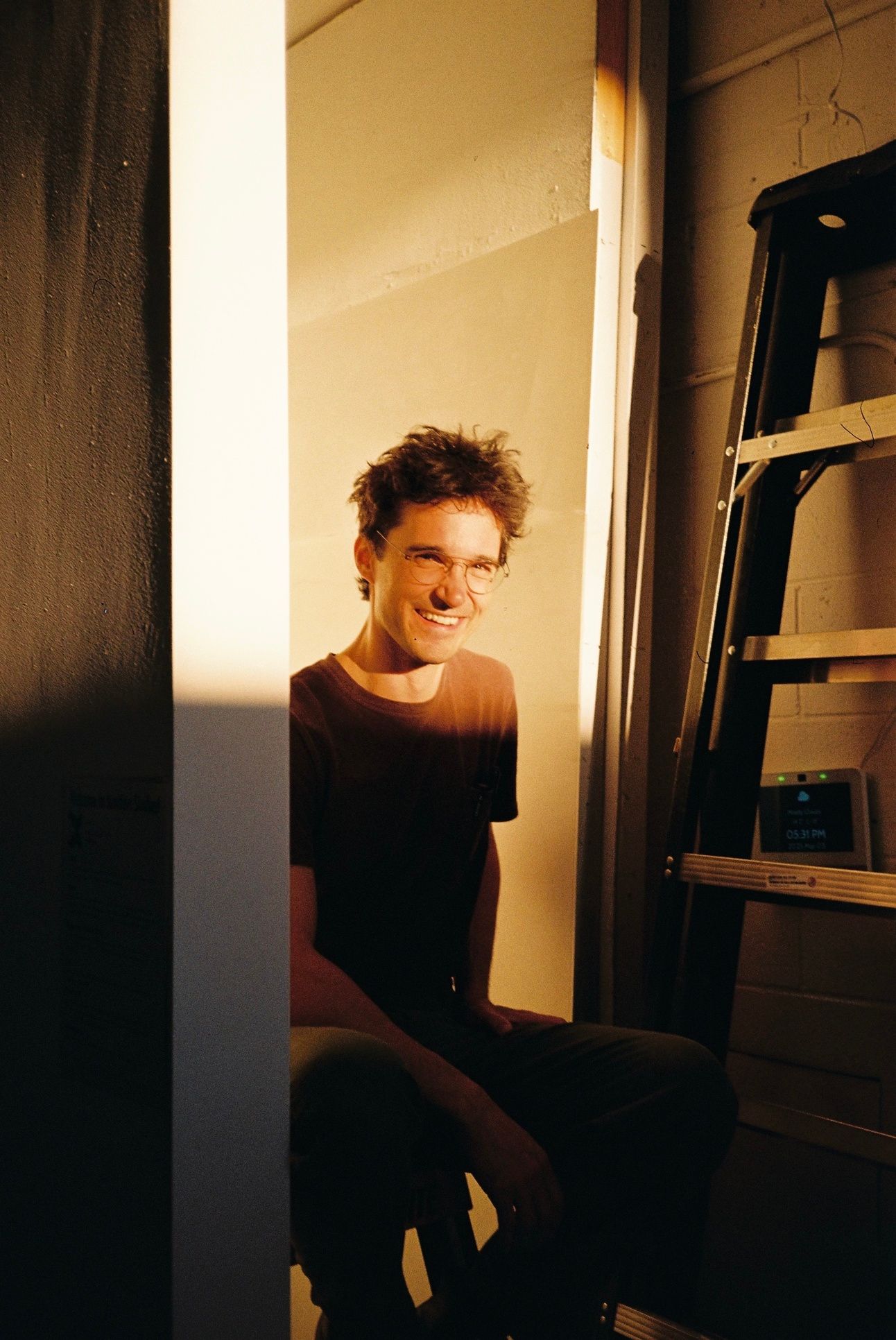
Soon, we’ll bring you a conversation with Zackery Hobler — a Toronto-based photographer whose practice unfolds through long walks, careful observation, and meditative photobooks such as Beneath Two Skies and Segments & Leaves Laying About. His photographs resonate in the space between landscape and emotion, where the contours of the natural world seem to echo inner states.
The interview will take place on June 30, and readers are invited to help shape the conversation.
If a question arises — a curiosity, an interpretation, or a doubt — feel free to send it in.
Submissions are open until June 29 at 6pm (WEST).
In the meantime, you can explore Zackery’s work here:
View Zackery Hobler’s website
And I strongly encourage you to take this opportunity to formulate a question — anything that sparks your curiosity or reflection as you explore his images. This is a rare chance to shape an upcoming conversation directly.
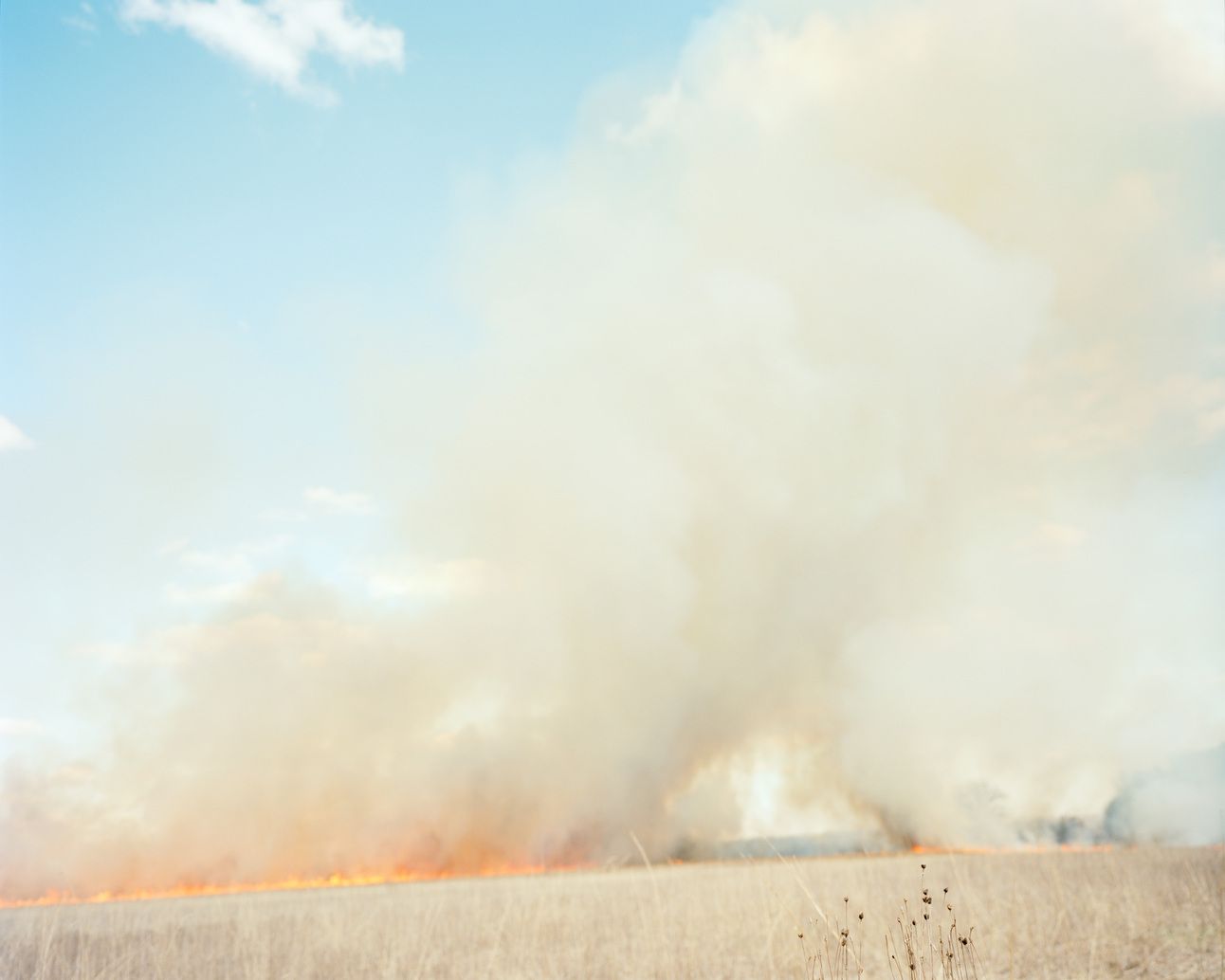
by Zackery Hobler
“The ordinary is a very under-exploited aspect of our lives because it is so familiar.”
Martin Parr
Until next time,
